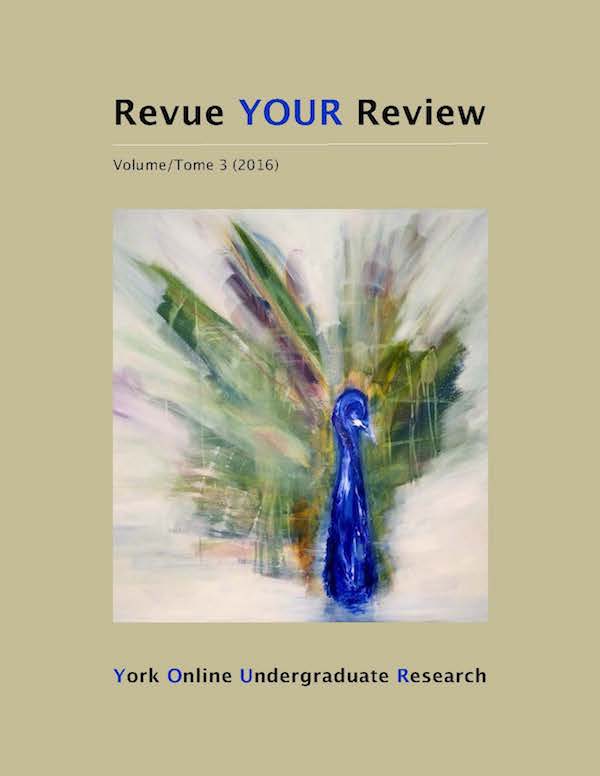SECRET BODY: An Interactive Art Installation Using Galvanic Skin Response and Heart Rate Sensors
Abstract
“SECRET BODY” is an interactive art installation that explores themes of stigma and social interaction. The piece attempts to display human emotion through data visualization. It measures emotion through affective science methods, using bioinformatic data to create a light pattern within ten human-shaped models and an interactive platform between the piece and the audience. By measuring human emotion through bioinformatic data and visualizing the meaning behind these implications, it explores the reasons for these untold stories. The interactivity of the piece encourages people to challenge the concept of stigma and to develop a more empathetic approach to others. These models have their own personal backstories, with emotion data taken from the backstories to create patterns of light to express those emotions. There are three ways in which emotional responses can potentially be measured: physiological reactivity, self-reports, and overt behaviours. Each model has five RGB LED regions that change colour according to the data gathered. Ten models, each with their own bodies, consist of a base, an interaction panel, and an internal insert to hold the LEDs laser cut out of acrylic sheets. Further research is needed on the accuracy of the bioinformatic measurements, the creation of clues to communicate the narrative, and the message the “SECRET BODY” attempts to express.Downloads
How to Cite
Issue
Section
License
Authors contributing to Revue YOUR Review agree to release their articles under one of three Creative Commons licenses: Creative Commons Attribution 4.0 International; Creative Commons Attribution-NonCommercial 4.0 International; or Creative Commons Attribution-NoDerivatives 4.0 International. All editorial content, posters, and abstracts on this site are licensed under Creative Commons Attribution-NoDerivatives 4.0 International. For further information about each license, see:
https://creativecommons.org/licenses/
In all cases, authors retain copyright of their work and grant the e-journal right of first publication. Authors are able to enter into other contractual arrangements for the non-exclusive distribution of the e-journal's published version of the article (e.g., post it to an institutional repository or publish it in a book or in another journal), with an acknowledgement of its initial publication in this e-journal.


